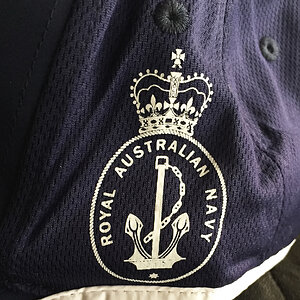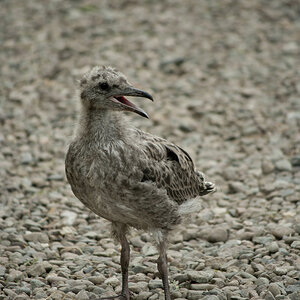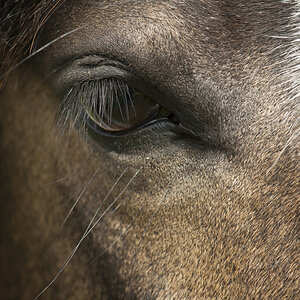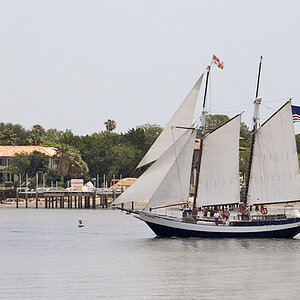MsTickledPink
TPF Noob!
- Joined
- Jun 21, 2011
- Messages
- 3
- Reaction score
- 0
- Location
- Washington State
- Can others edit my Photos
- Photos OK to edit
In need of some help with lens info asap 
I have the 2 lens that came with my kit but now that I am more comfortable with the camera I am ready to invest in the better glass.
Not concerned about price I want the best quality I can get. I was told L series are best & not to use off name brands?
I'm a novice not familar with the lingo so much all I know is I need lens's that will be great for portaits, parties/weddings, sports & of course a great macro.
I have the 2 lens that came with my kit but now that I am more comfortable with the camera I am ready to invest in the better glass.
Not concerned about price I want the best quality I can get. I was told L series are best & not to use off name brands?
I'm a novice not familar with the lingo so much all I know is I need lens's that will be great for portaits, parties/weddings, sports & of course a great macro.




![[No title]](/data/xfmg/thumbnail/37/37101-cf094d75976427b415711e9c9955c8a3.jpg?1619737881)








